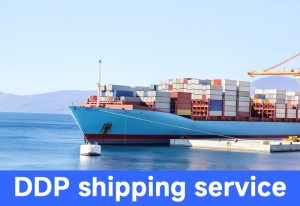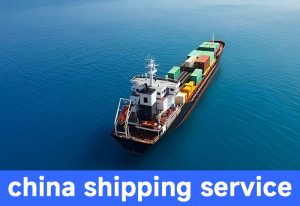Shipping from China to Australia:
Essential Documents, Clearance Procedures, and Key Considerations
Shipping goods from China to Australia involves a multi-faceted process, requiring careful attention to documentation, customs regulations, and various other considerations. This article aims to provide a comprehensive overview of the essential documents, clearance procedures, and key considerations when transporting goods from China to Australia.
Essential Documents
When shipping goods from China to Australia, several key documents are mandatory for a smooth customs clearance process. These include:
Commercial Invoice: A detailed commercial invoice is a crucial document outlining the description, quantity, value, and origin of the goods. It should match the packing list to ensure accuracy and consistency.
Packing List: A comprehensive packing list provides a detailed account of each item shipped, including its name, quantity, specifications, and value. This document is essential for customs officials to verify the contents of the shipment.
Certificate of Origin: Depending on the trade agreement between China and Australia, a Certificate of Origin (COO) may be required. For instance, the China-Australia Free Trade Agreement (FTA) Certificate of Origin (FORM A) can be used to claim preferential tariff rates.
Special Certificates: For certain goods, such as food or beverages, additional certificates like health certificates or hygiene permits may be necessary to ensure compliance with Australian import regulations.
Insurance Documents: Shipping insurance documents are recommended to protect against potential loss or damage during transit.
Customs Clearance Procedures
Customs clearance in Australia involves several steps, including:
Lodging the Import Declaration: The importer must lodge an import declaration with the Australian Border Force (ABF) electronically through the Integrated Cargo System (ICS).
Document Examination: Customs officials will review the submitted documents to ensure they are complete, accurate, and compliant with Australian regulations.
Physical Examination: Depending on the goods, customs may conduct a physical examination to verify the accuracy of the declarations and ensure no prohibited items are present.
Payment of Duties and Taxes: Importers must settle any applicable duties, taxes, and other charges before customs will release the goods.
Key Considerations
Compliance with Regulations: Ensure all goods comply with Australian import regulations, including restrictions on certain items and specific labeling requirements.
Timely Submission of Documents: Submit all required documents promptly to avoid delays in customs clearance.
Understand Taxation: Familiarize yourself with Australian taxation policies, including customs duties and GST (Goods and Services Tax), to avoid unexpected costs.
Shipping Insurance: Consider taking out shipping insurance to protect your goods against potential risks, such as loss or damage during transit.
Monitoring Shipments: You should track your shipment’s progress and prepare to address any issues that may arise during the transportation process.
In conclusion, shipping goods from China to Australia requires careful attention to documentation, customs regulations, and various other considerations. By understanding the essential documents, customs clearance procedures, and key considerations, importers can significantly enhance their chances of ensuring a smooth and efficient shipping process.
Honza International Logistics has over 11 years of experience in the transportation industry, exporting to various parts of the world and transporting goods for thousands of customers. Specializing in sea freight(FCL/LCL), air freight, railway, express delivery, and door-to-door transportation, welcome to inquire at any time, one-on-one specialist service for you.



